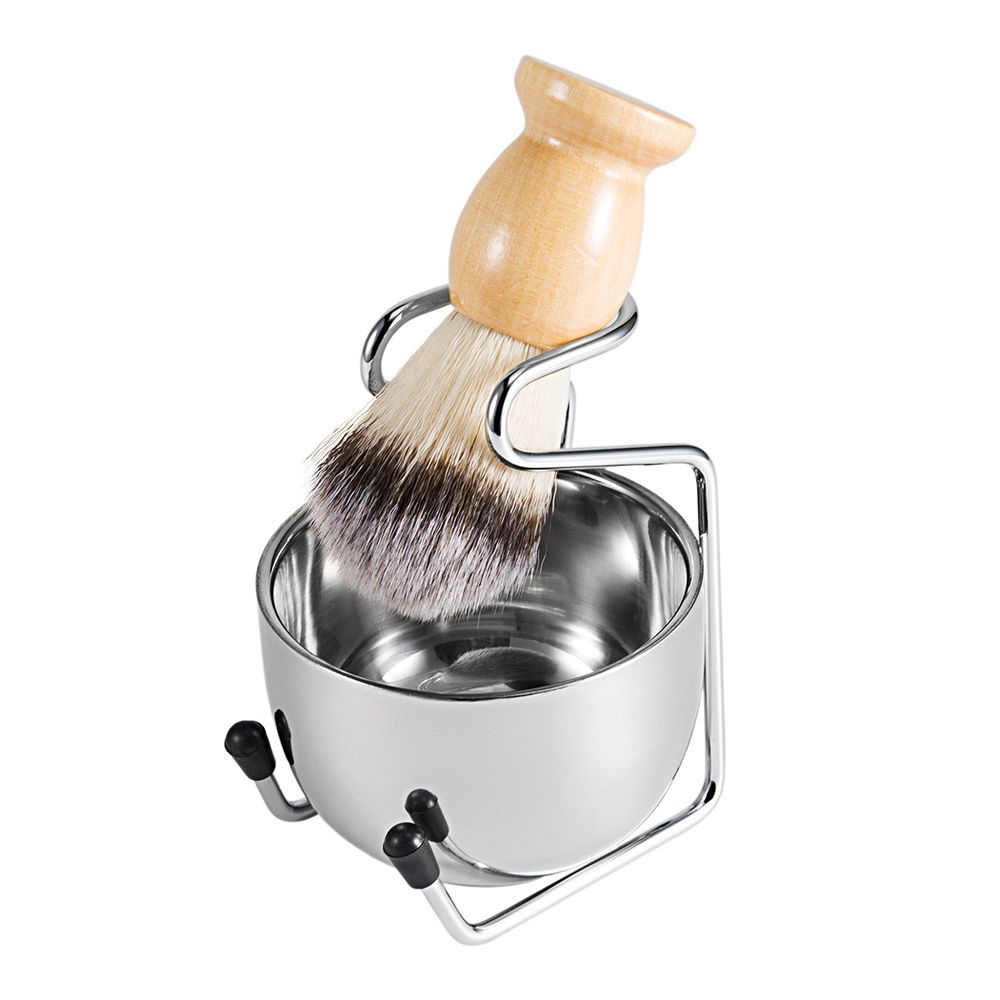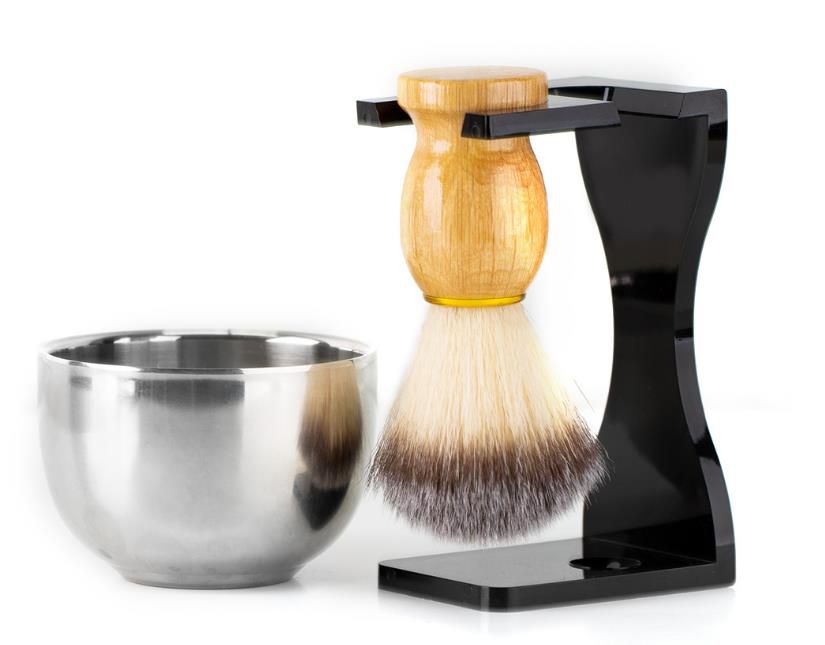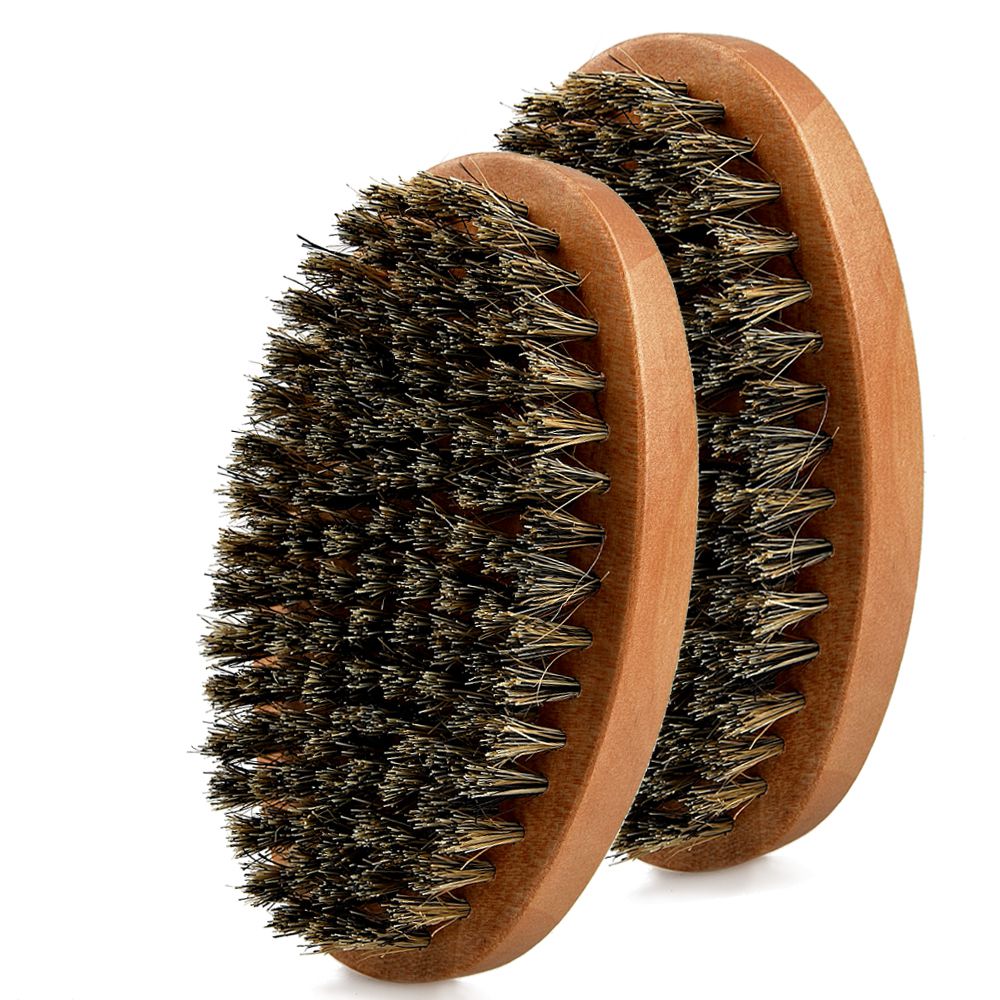Industry news
The Impact of Material Selection on Shaving Brush Durability
- 982 Views
- 2025-09-01 02:31:37
The Impact of Material Selection on Shaving Brush Durability
Shaving brushes are more than tools—they bridge functionality and ritual, with durability being a silent yet critical factor in their value. Beyond lather quality, a brush’s lifespan hinges on one core element: material selection. From traditional natural fibers to cutting-edge synthetics, the choice of bristle material directly influences wear resistance, structural integrity, and long-term performance. This dissects how different materials shape durability, offering insights for both manufacturers and consumers.
Nylon Bristles: Engineered for Resilience
Nylon remains a cornerstone of modern shaving brushes, valued for its balance of durability and affordability. As a synthetic polymer, its molecular structure—long-chain polyamides—grants inherent tensile strength, making it resistant to bending fatigue and abrasion. Not all nylons are equal, however. Monofilament variants (e.g., PA66) outperform multifilament types, as their single-strand design eliminates weak points at fiber junctions. Industry testing shows high-grade nylon brushes can endure 10,000+ lathering cycles with minimal bristle loss, thanks to their smooth surface and uniform diameter (typically 0.006–0.008 inches).

Environmental resilience further elevates nylon’s durability. Unlike natural fibers, it resists mold growth in humid bathrooms and retains elasticity across temperature fluctuations. Low-quality nylon, however, may degrade over time—especially if exposed to harsh chemicals or UV light. Manufacturers mitigate this by adding UV stabilizers and plasticizers, ensuring the material remains flexible even after years of use. For daily shavers, nylon’s low-maintenance durability makes it a workhorse choice.
Badger Hair: Natural Luxury with Caveats
Badger hair, a traditional favorite, offers unmatched softness and water retention, but its durability is conditional. As a protein-based fiber, its structure includes overlapping scales and a porous core—traits that enhance lather but also make it vulnerable to environmental stress. Without proper care, residual shaving cream and moisture can seep into the porous core, fostering bacterial growth and weakening the hair shaft. Over time, this leads to bristle splitting, especially in fine “silvertip” varieties, which may show wear after 1–2 years of regular use.

Durability here depends on sourcing and processing. Ethically harvested badger hair, when degreased and sanitized, resists lipid oxidation (a common cause of brittleness). Coarser guard hairs, often used in “best badger” brushes, offer better resilience than delicate undercoat fibers but sacrifice some softness. For users willing to invest in maintenance—thorough rinsing, air-drying, and occasional conditioning—badger hair can last 3–5 years, blending luxury with longevity.
Advanced Synthetics: The New Durability Benchmark

In recent years, engineered synthetic fibers (e.g., vegan-friendly polyester-nylon blends) have redefined durability standards. These fibers are designed at the microscale: tapered tips mimic badger hair’s softness, while a hollow core enhances water retention without the porosity of natural fibers. Their non-porous surface resists bacterial buildup, reducing the need for rigorous cleaning.
Structurally, these synthetics excel in tensile strength (2.5–3.0 GPa) and chemical resistance, withstanding pH variations in shaving products that degrade natural fibers. Testing shows they outperform both nylon and badger hair, enduring 15,000+ cycles with minimal bristle fraying. For eco-conscious consumers, recycled synthetic blends now offer similar durability, proving sustainability and performance can coexist.
Beyond Bristles: Construction Matters
Material alone isn’t enough—construction amplifies durability. Bristle anchoring, for example, is critical. Brushes with heat-cured epoxy resins or seamless metal ferrules prevent water intrusion at the base, protecting both bristles and handles from rot. Bristle diameter also plays a role: fibers thinner than 0.005 inches may feel softer but bend too easily, leading to breakage, while thicker diameters (0.01+ inches) sacrifice flexibility for strength. The sweet spot lies in 0.006–0.008 inches, balancing resilience and comfort.
The Durability Equation: Balancing Traits
Selecting materials for durability requires balancing three factors: wear resistance, environmental stability, and user habits. Nylon suits low-maintenance, daily use; badger hair appeals to luxury seekers willing to maintain; and advanced synthetics cater to those prioritizing longevity and ethics. For manufacturers, investing in fiber R&D—such as nano-coatings to boost wear resistance—and rigorous testing (e.g., cyclic bending trials) will drive the next generation of durable brushes.
In the end, the most enduring shaving brushes are those where material science aligns with practicality. Whether synthetic or natural, the right material doesn’t just last—it evolves with the user, turning routine into a lasting ritual.











